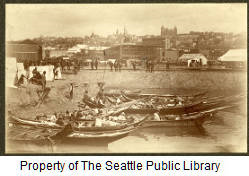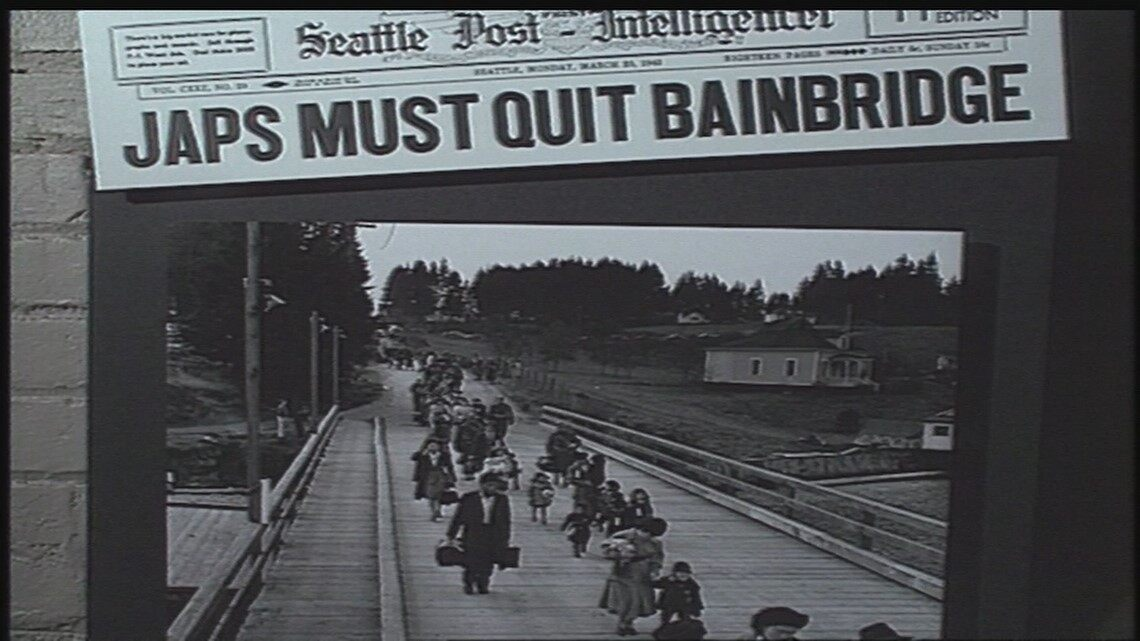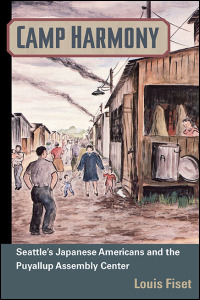Natalie Alexandra Stitak
From Native Americans to African Americans, many ethnic groups have made the image of Seattle what it is today. These ethnic groups, unfortunately, have faced many challenges, but have learned to overcome them and unite together.
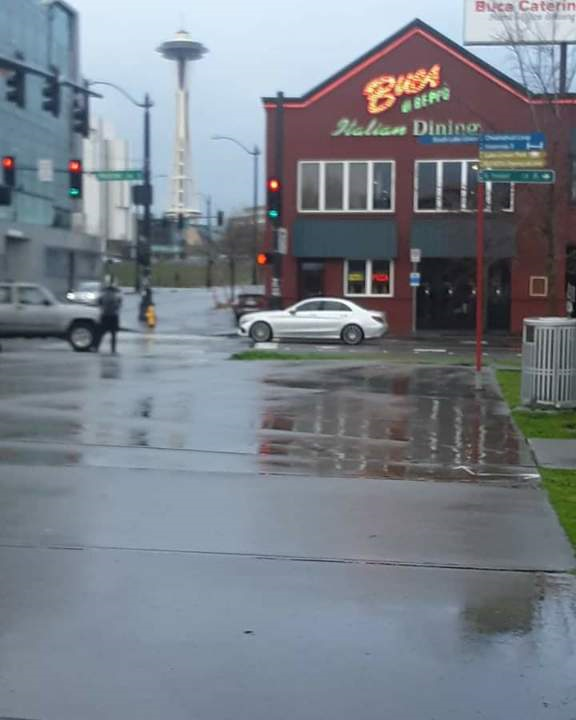
In late January of 2020, my sister and I walked on this street in Seattle, Washington, while the rain poured down us and we tried to control our umbrellas in the wind. We were on our way to a Starbucks, so you could say we were having a true Seattle experience, getting drenched under a grey Seattle sky and impatiently waiting for a latte. Growing up, my sister and I had visited our family in this area several times and we would always marvel at the surrounding landscape, with gorgeous mountains and a breathtaking body of water to complete the Seattle skyline. I have learned to fall in love with the city, its music (especially Jimi Hendrix and Heart), its culture, and its way of life compared to growing up in the Mid-West.
What has always fascinated me is the diversity of the city. Like many large cities in the United States and in the world, there are many ethnic groups that live in and make the city alive. What is a sad truth, however, is that these ethnic groups have faced many adversities and discrimination throughout the history of the area. Just as the Irish immigrants that came over to Ellis Island on the other side of the country were seen as “outsiders” and “expendable,” many ethnic groups and minorities in the Seattle area would face the same type of discrimination. Looking at how the Native Americans, Japanese, and African Americans were treated in the area can tell us a story of how major historical events impacted the city and these people.
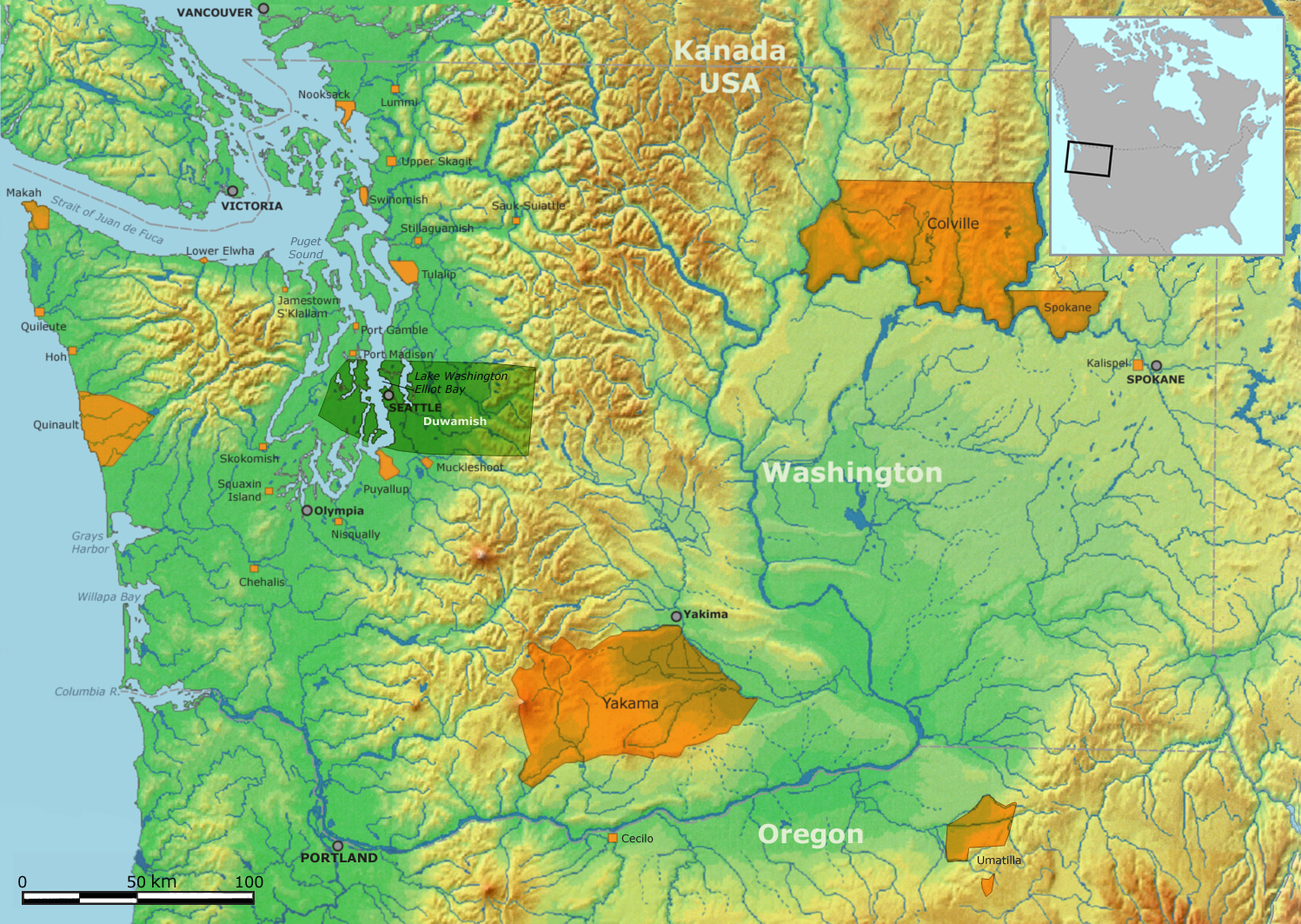
https://en.wikipedia.org/wiki/Duwamish_people
Just like the other Native American nations across the country, the Native Americans on the West Coast were greatly diverse and complex. Some of the Indigenous Tribes are the Suquamish, Duwamish, Snoqualmie, and several more (https://www.historylink.org/File/1506). As more pioneers came out West in the 1800s, the tribes found that their land was being taken away from them. Soon, the Duwamish were removed and forced to live in new areas like Ballast Island. Today, only 29 of the 32 tribes are recognized federally (http://www.ala.org/aboutala/indigenous-tribes-seattle-and-washington).
Imagine living on Bainbridge Island on Puget Sound and finding the family next door abruptly leaving their house with suitcases in hand. After Japanese fighter pilots attacked Pearl Harbor in Hawaii on December 7, 1941, President Roosevelt signed Executive Order 9066, which forced any person of Japanese descent to be sent to internment camps. Seattle was the first city to partake in this order, where the Japanese families that lived on Bainbridge Island on Puget Sound were the first in the Nation to be removed (https://www.historylink.org/File/240). In 1941, not far from Seattle and Tacoma, in Puyallup, the Washington State Fair brought joy and fun to many families. A year later, the fairgrounds would be changed into an internment camp that would be known as “Camp Harmony”. (http://www.southsoundtalk.com/2018/12/21/the-dark-history-of-the-washington-state-fairgrounds-during-wwii/)
https://www.press.uillinois.edu/books/catalog/79qrf8rz9780252034916.html
https://www.wfaa.com/article/news/local/prisoners-in-their-own-land-minidoka/281-406598953
As Seattle made know to the rest of world Jimi Hendrix in the 1960s, the city was in the midst of the Civil Rights Movement and trying to fight its own battles of prejudice and racism. (http://depts.washington.edu/civilr/). Segregation was not unique to the South, as segregation and red-lining were practiced in the Emerald City. Those who were against these practices did not wait passively on the sidelines. One group that did not wait, CORE (Congress of Racial Equality), fought for equality in schools, businesses, and homes and was able to accomplish integrated education in the city (https://www.youtube.com/watch?v=njRPouFjwHw).
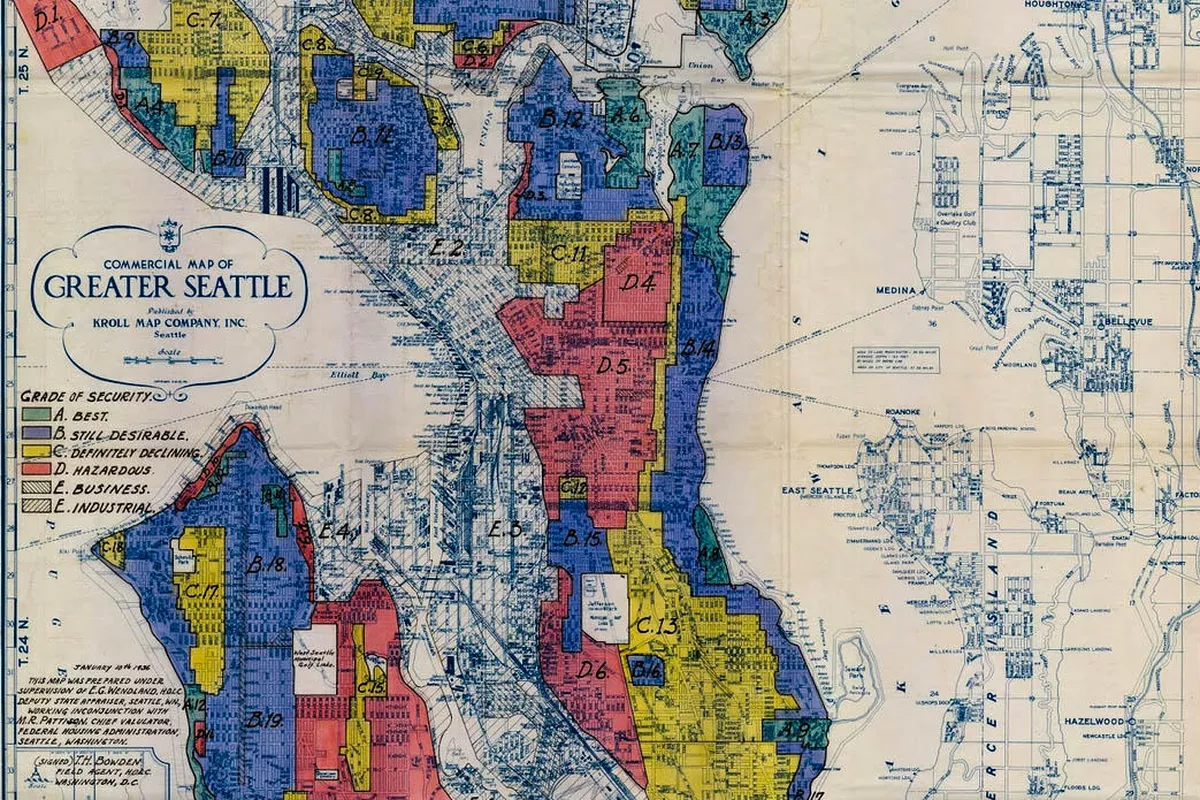
http://www.seattlemag.com/news-and-features/inye-wokomas-last-stand-one-mans-fight-save-seattles-central-district
While these moments of Seattle’s history seem grim and hopeless, many in Seattle share these stories and hope to bring a change to the area. From historical museums to local artists, there are many who strive to educate and to welcome all to the city. There are Natives Americans, Japanese Americans, and African Americans in the area who continue to advocate for their people, their families, their ancestors, and their cultures and aim to live in peace with one another. When I walked through the streets on that rainy day, I could see these actions in motion and I hope that the next time I visit, I can see that their desires have come to completion.
Natalie Alexandra Stitak
